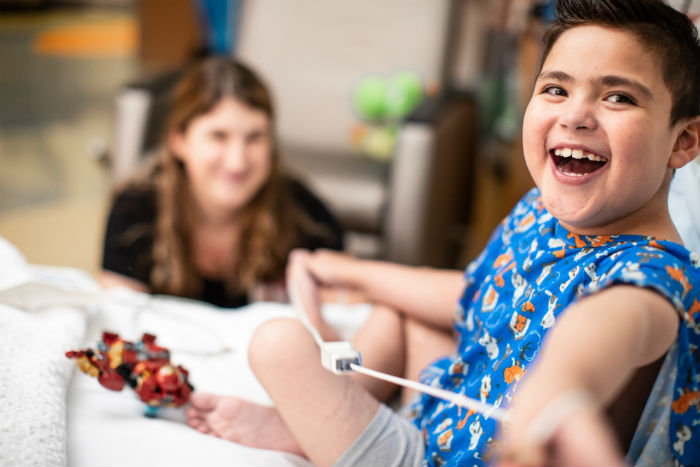You may have heard that some cancers result from a “faulty” gene or a “spelling error” in a gene, but what does this really mean?
We each have 23 pairs of chromosomes for a total of 46 chromosomes. Along the lengths of our chromosomes are our genes. We inherit half of our chromosomes from our mother and half from our father, we all have two of every gene except for those genes on the X and Y chromosome, which determine male gender. Our genes carry the instructions (the code) to make proteins, which perform many jobs in our bodies. With regard to cancer, there are genes that code for proteins that control a cell’s life cycle. If a gene is not able to control the cell cycle due to an alteration in a gene known as a mutation, cancer may result.
Most cancers are non-hereditary, which means that an individual is not born with a gene mutation. With a non-hereditary cancer, a change occurs inside a cell that will not be passed onto children, called somatic mutations. When an individual is born with a mutation in a gene predisposing to cancer, the mutation is known as a germline mutation. Unlike somatic mutations, germline mutations are usually present in all the cells of the body because the mutation occurred in the person’s genes – their genetic code.
Individuals with a germline mutation predisposing to cancer may inherit this predisposition from one or both parents. Cancer predisposition syndromes usually become apparent when an individual develops cancer at a young age, has a specific type of cancer or bilateral cancer such as both kidneys or both eyes, or when multiple family members have the same type of cancer or related cancers.
When an individual has a cancer predisposition syndrome it does not mean that the person will definitely develop cancer, only that the risks of cancer is greater than that seen in the general population.
Some individuals have no family history of cancer and may be the first person in his or her family with a cancer predisposition syndrome. Oftentimes this is due to a new mutation in that individual.




